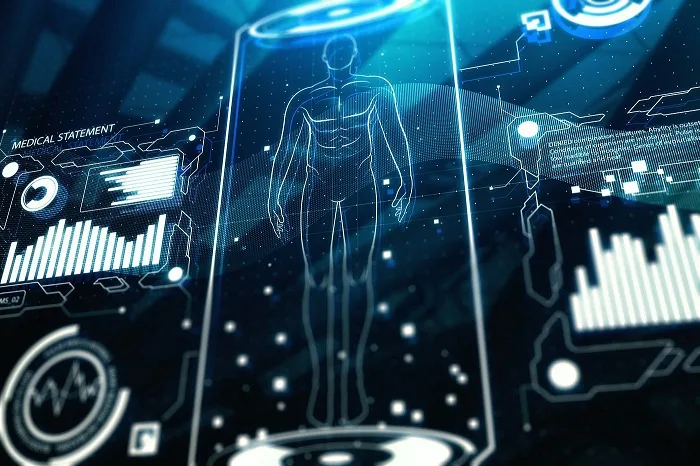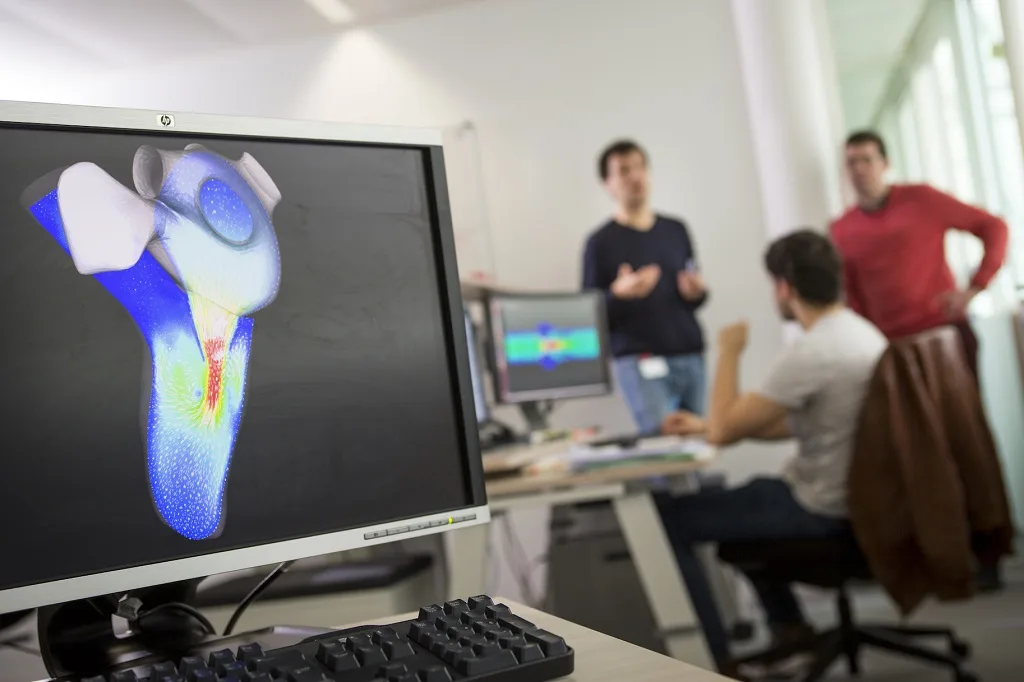Digital Twins in Healthcare: A New Era of Personalized Medicine

The concept of digital twins has transcended its industrial origins, making a groundbreaking entry into the healthcare sector. This transformative technology promises to revolutionize the way we monitor, predict, and treat health issues, offering a personalized approach to medicine that was previously unthinkable.
Understanding Digital Twins in Healthcare
Digital twins in healthcare represent a cutting-edge fusion of virtual and physical worlds, where a digital replica of a patient’s health status and medical history is created. This replica is continuously updated in real-time, mirroring any changes in the patient’s physical condition. Through advanced algorithms and machine learning, the digital twin can simulate potential health outcomes based on various treatment scenarios, providing invaluable insights for both patients and healthcare providers.
The technology works by aggregating and analyzing vast amounts of health data from multiple sources, including electronic health records, wearable technology, and genetic information. By harnessing this data, digital twins can predict the onset of diseases, the progression of existing conditions, and the impact of lifestyle choices on a person’s health, enabling a proactive approach to healthcare that is tailored to the individual’s unique physiological makeup.
Applications of Digital Twins in Medicine
The applications of digital twins in healthcare are as diverse as they are transformative. From chronic disease management and preventive care to the optimization of treatment plans and the enhancement of surgical procedures, digital twins are paving the way for a new era in medicine. By providing a dynamic, real-time overview of a patient’s health, they enable the customization of care to an unprecedented degree.
One of the most promising applications is in the field of oncology, where digital twins can simulate how different cancer treatments might affect an individual patient, thereby guiding the selection of the most effective therapy. Similarly, in the realm of chronic disease management, digital twins offer the potential to monitor disease progression and adjust treatment plans in real time, greatly improving patient outcomes.
Moreover, digital twins are instrumental in surgical planning and training, allowing surgeons to rehearse complex procedures on a virtual replica of the patient’s anatomy. This not only enhances the precision of surgeries but also significantly reduces the risk of complications, leading to better patient safety and recovery rates.
The Potential of Digital Twins in Healthcare
The potential of digital twins in healthcare is vast, with the promise of significantly improving the efficiency of healthcare delivery and patient outcomes. By facilitating a shift from reactive to predictive medicine, digital twins stand at the forefront of a healthcare revolution, offering a glimpse into a future where treatments are not just personalized but also preemptive.
Moreover, the integration of digital twins with other emerging technologies like genomics and personalized medicine can lead to the development of highly specific treatments that consider the patient’s genetic profile, lifestyle, and environmental factors. This holistic approach to healthcare has the potential to drastically reduce the incidence of adverse drug reactions and improve the overall effectiveness of treatment regimens.
As digital twins become more sophisticated, their ability to simulate complex biological processes and predict the outcomes of various interventions will only increase. This will not only accelerate the pace of medical research but also facilitate the development of new, more effective treatments and therapies, bringing us closer to the era of truly personalized medicine.

Current Utilization of Digital Twins in Healthcare
Despite being a relatively new technology, digital twins are already being utilized in several healthcare settings, demonstrating their potential to transform patient care. Hospitals and research institutions are beginning to implement digital twins to enhance patient monitoring, treatment planning, and disease management. For example, leading medical centers are using digital twins to optimize the care of patients with complex, chronic conditions, allowing for more accurate monitoring and timely interventions.
Future Applications and Developments
The future applications of digital twins in healthcare are limitless, with ongoing research and technological advancements opening up new possibilities for their use. Beyond individual patient care, digital twins have the potential to revolutionize public health management, predictive modeling of disease outbreaks, and the planning and optimization of healthcare services.
